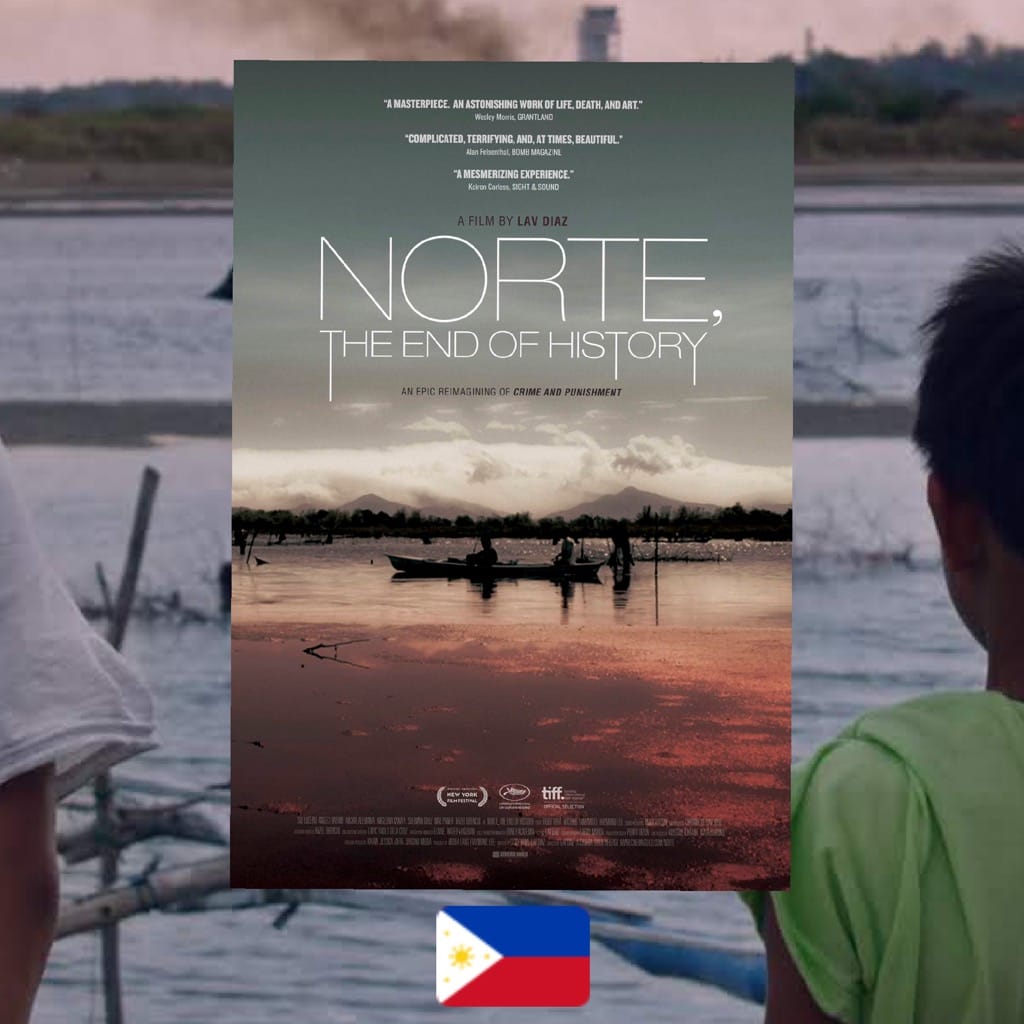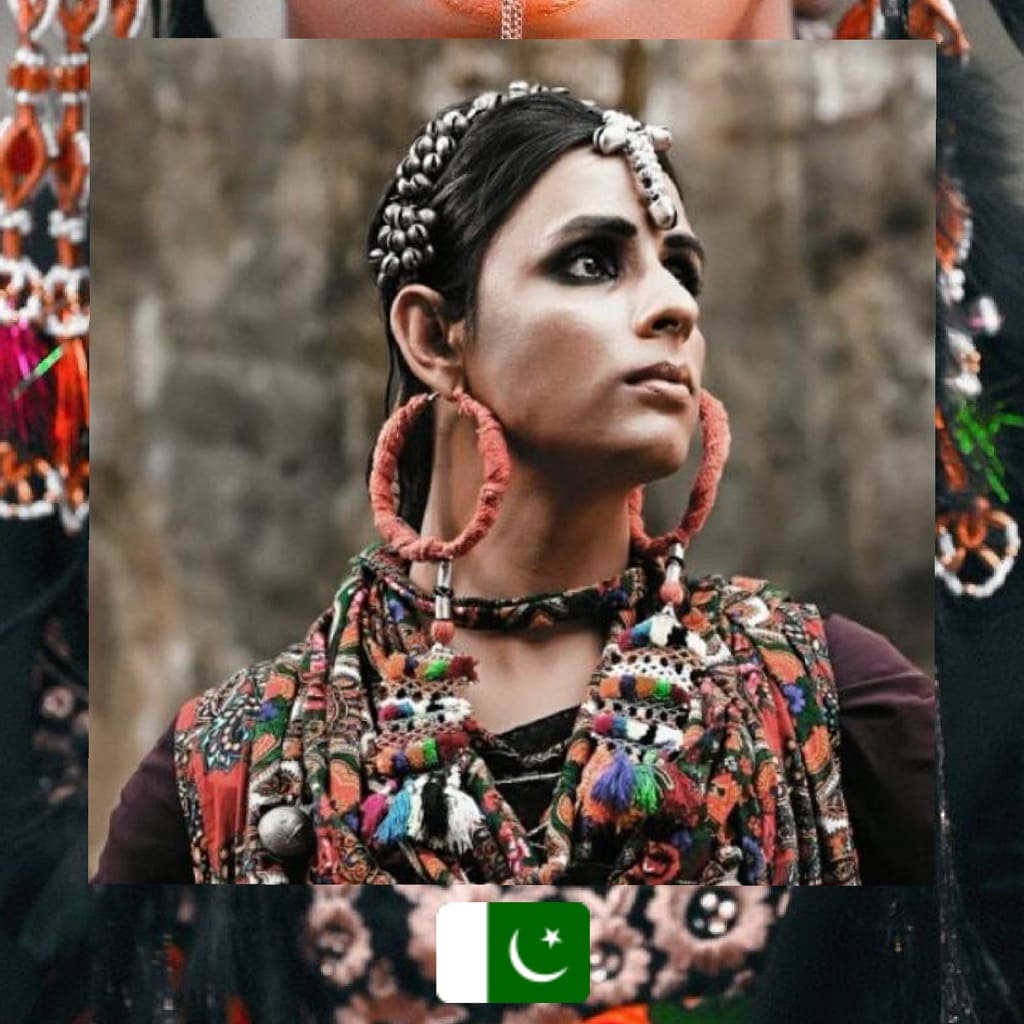Come for Werner Herzog, Tarkovsky’s nephew, and charismatic dogs, stay because it’s an incomparable opportunity to hang out in Taiga for a whole year



FROM RUSSIA and KET PEOPLE
WHAT IT’S ABOUT: In the heart of Siberia, on the shores of the Yenisey River, where lines of communication and roads don’t reach, 300 people call the village of Bakhta their home. The government gainfully employs a sixth of them, and the rest have to make a living using the resources that the bountiful but unforgiving nature of the Taiga grants to them. Centered around a bunch of local sable fur trappers, with the magnetic and wise Gennady Soloviev at the forefront, “Happy People” offers the viewer an opportunity to spend a whole year in Bakhta. As the seasons change, and the capricious river freezes over and thaws, the men follow strict protocols to ensure that they meet their fur and fish quotas and will have the ability to feed their families in the upcoming year. Adapted for the Western audience by Werner Herzog, who became mesmerized by the film’s stark portrait of the remote community, it’s also available in the original 4-hour version on Dmitry Vasyukov’s YouTube channel.WHAT IT’S ABOUT: In the heart of Siberia, on the shores of the Yenisey River, where lines of communication and roads don’t reach, 300 people call the village of Bakhta their home. The government gainfully employs a sixth of them, and the rest have to make a living using the resources that the bountiful but unforgiving nature of the Taiga grants to them. Centered around a bunch of local sable fur trappers, with the magnetic and wise Gennady Soloviev at the forefront, “Happy People” offers the viewer an opportunity to spend a whole year in Bakhta. As the seasons change, and the capricious river freezes over and thaws, the men follow strict protocols to ensure that they meet their fur and fish quotas and will have the ability to feed their families in the upcoming year. Adapted for the Western audience by Werner Herzog, who became mesmerized by the film’s stark portrait of the remote community, it’s also available in the original 4-hour version on Dmitry Vasyukov’s YouTube channel.
WHO MADE IT: Dmitry Vasyukov is a Russian filmmaker who became an acclaimed documentarist almost by chance. Having graduated from the Boris Shchukin Theatre Institute with a degree in acting, he had a brief stint in the filmmaking industry before beginning work in advertising. When he and his colleagues realized a shared passion for fishing, they became the creators of “Fishing Dialogues,” Russia’s first TV show dedicated to the sport and pastime, which Vasyukov even presented at some point. When he met Mikhail Tarkovsky, the filmmaker Andrey’s nephew, and one of the film’s trappers, Vasyukov developed an interest in Bakhta. Although initially the film was scheduled to be about fishermen, the lens widened to include the trappers, their families, as well as other residents of Bakhta and surroundings.
In addition to Solovyev and Tarkovsky, the other trappers featured are Anatoly Blume, Sergei Grebenshikov, and Anatoly Nikiforov. Ilya Plotnikov holds a special place in the narrative: Bakhta’s very own World War II hero, he is pictured both looking back to his courage and working tirelessly despite being in his 80s.
In addition to portraying the Russian population of Bakhta, the film also shows the indigenous Ket people.
One of the film producers is Russian-Kazakh Timur Bekmambetov, who is best known for his “Night Watch”/“Day Watch” series. He was so taken with the film that he began showing it to everyone interested when in Hollywood. And the most overwhelming response came from Werner Herzog, the legendary German filmmaker. Herzog, who is best known for his work on his epics with Klaus Kinski, has long been drawn to documenting the realities of people who have a special relationship with nature and whose existence does not follow the society’s current predominant model. This led to Herzog creating a Western version of “Happy People,” shorter, with his own narration and the affecting music of prominent German composer Klaus Badelt recorded by Chinese and American orchestras.
WHY DO WE CARE: The majority of films being made in Russia or about Russia are always centered around the experiences of people living in big cities. Watching them, one might forget just how giant Russia the country is—even though it doesn’t have a population to show for it—and how different people’s lives are when they’re away from the shiny urbanism of large cities and any real influence from the government. Set in Bakhta, a village almost 500 kilometers from the nearest regional center, “Happy People” is a curious look into the everyday practices of people whose existence is not drastically different in the 21st century from what it was during the Soviet rule, with many customs and routines perhaps even hailing back to pre-revolutionary times. Since hunting and fishing had been established in the area, Russia has gone through many transformations, first as it transitioned to USSR, then as it changed throughout the 20th century, then as it was reimagined by the market approach of the post-Soviet space.
The impact of these changes on Bakhta is something that interests Vasyukov a lot but doesn’t come through as much in Herzog’s rendering of the film. The way citizens of Bakhta live on the country’s outskirts and therefore lead an existence that’s semi-autonomous from the local and federal governments, whatever they may be, allows for a fascinating dynamic. Of course, there is no real sovereignty discussed. Vasyukov’s own thesis is a bit vague, making it unclear whether he merely finds the ability to exist outside of a reactionary government admirable, or would prefer a broader anarchist context.
But observing how the Bakhta people can and can not rely on the governments, how their interactions with them prove beneficial or not, depending on the situation. The circumstances under which the men work have changed after the USSR’s collapse with its privatizations, and the government doesn’t have an incentive to buy fur from them anymore. But there are also more nuanced issues: a local Ket woman, who loses her home to a fire, is transferred to another village where her daughter lives by a helicopter—frail, she wouldn’t make the perilous journey otherwise. But another issue only featured in the full film raises questions about the clarity of the government’s motives in the region. As environmental protections place a ban on fishing for sturgeon in the area, the local ban enforcement body exercises preventative measures that result in the death and appropriation of numerous specimens. This is something that Vasyukov went on to explore in more depth in his further work, “Happy People: Pomors,” which we hope to review for you in the future.
WHY YOU NEED TO WATCH: What makes humans happy? And is happiness even possible in an industrial world? These questions often concern makers working with indigenous populations or other outliers because the stark contrast between anxiety-riddled yet coddled city life and the calm, collected, but precarious existence in the wilderness invites some profound reflection on human purpose. “Happy People” most definitely makes the case that true happiness is only possible in a direct relationship with nature. As their surroundings change, and the fur trappers follow a strict routine of preparation for the hunting season and then embark on the hunt itself, their lives take on a cyclical, reliable pattern. There are certain variables: the river Yenisey thawing later than expected, or a bear emerging from hibernation a little too early to wreak havoc on a hunter’s station and traps. But in general, it is a well-defined life, where priorities are also outlined in specific terms: the dogs, on whom each trapper relies for the majority of the skins captured, are referred to as providers, as are burbots, the most reliable fish of the colder months.
Is this way of life scaleable to fit the world’s current population? Is it consistent with the changes that the environment is going through right now, which might render the patterns to which the inhabitants of Bakhta are used to starkly different, and the space downright uninhabitable? It’s hard to know, but those are all important things to think about. Meanwhile, the greatest pleasure of the “Happy People” series, and precisely the reason that it’s worth watching in its full form, is that it offers a rare glimpse into what it is to rely on the surrounding nature entirely, even if the circumstances are unforgiving and dire. Every man featured in the film has something unique to share with the audience, but it’s Gennady Soloviev whose reflections on the world around him affect the most. Whether he’s talking about the materialist implications of the fur trapper’s job, about his relationship to nature and the need to rely on taking away animal lives, or reminisces about Dymka, a dog of his that died heroically, there are humbleness, honesty, and moral clarity in his words that are too often unmatched in industrialized settings.
Born out of rigorous interest in the people whose lives often evade the public eye, “Happy People” shows their existence without exoticizing it and tries to capture their labor’s most minute details with reverence. It is an absorbing, immersive documentary. Whether you’ll be watching the Werner Herzog version or the whole four hours, likely, you won’t be able to pull yourself away from yet another scene in which skis or a boat are being made by hand, without the use of glue but with the old traditional methods that only a few people today have retained. As great as contemporary technology is, sometimes it’s worth remembering how complex and advanced some core applications of science in production are, and how important it is to know them and use them. “Happy People” is a brilliant showcase of all those techniques, and the best ad for Siberian travel one could ever conceive. After all, what could be more enticing than Tarkovsky’s nephew having a cup of hot tea amidst the boundless whiteness, his dog Red in tow, after a day out in the cold, fishing and setting traps? Happiness does not come from complexity or abundance; happiness comes when you know what everything is worth and can appreciate it when it’s available.
You can see the Werner Herzog version and the full 4-hour version on Dmitry Vasyukov’s YouTube channel.
Happy People: A Year in Taiga (Счастливые Люди: Енисей), 2007
Director: Dmitry Vasyukov
For more content like this sign up for our weekly newsletter
WATCH THE TRAILER















